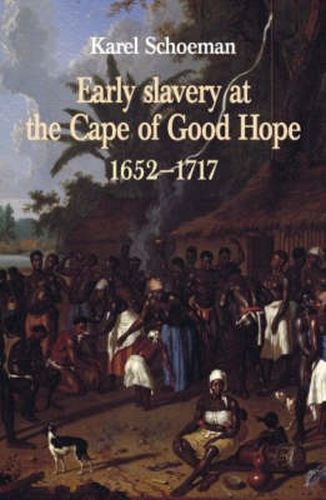Readings Newsletter
Become a Readings Member to make your shopping experience even easier.
Sign in or sign up for free!
You’re not far away from qualifying for FREE standard shipping within Australia
You’ve qualified for FREE standard shipping within Australia
The cart is loading…






The first slave reached the Cape in 1653, a year after the first white settler party under Jan van Riebeeck. Slavery was to remain an institution here until the end of the Dutch period in 1795, and well beyond, for it was not until 1834, under British administration, that Cape slaves were finally emancipated. In Early slavery at the Cape of Good Hope Karel Schoeman describes the transplanting of slavery from the Dutch colonies in the East and the first sixty years of its development under local conditions, basing his account mainly on contemporary sources and providing as much information on individual slaves and their lives as these allow. Attention is likewise given to the gradual manumission of slaves and the slow development of a ‘free black’ community at the Cape towards the close of the seventeenth century.
$9.00 standard shipping within Australia
FREE standard shipping within Australia for orders over $100.00
Express & International shipping calculated at checkout
The first slave reached the Cape in 1653, a year after the first white settler party under Jan van Riebeeck. Slavery was to remain an institution here until the end of the Dutch period in 1795, and well beyond, for it was not until 1834, under British administration, that Cape slaves were finally emancipated. In Early slavery at the Cape of Good Hope Karel Schoeman describes the transplanting of slavery from the Dutch colonies in the East and the first sixty years of its development under local conditions, basing his account mainly on contemporary sources and providing as much information on individual slaves and their lives as these allow. Attention is likewise given to the gradual manumission of slaves and the slow development of a ‘free black’ community at the Cape towards the close of the seventeenth century.